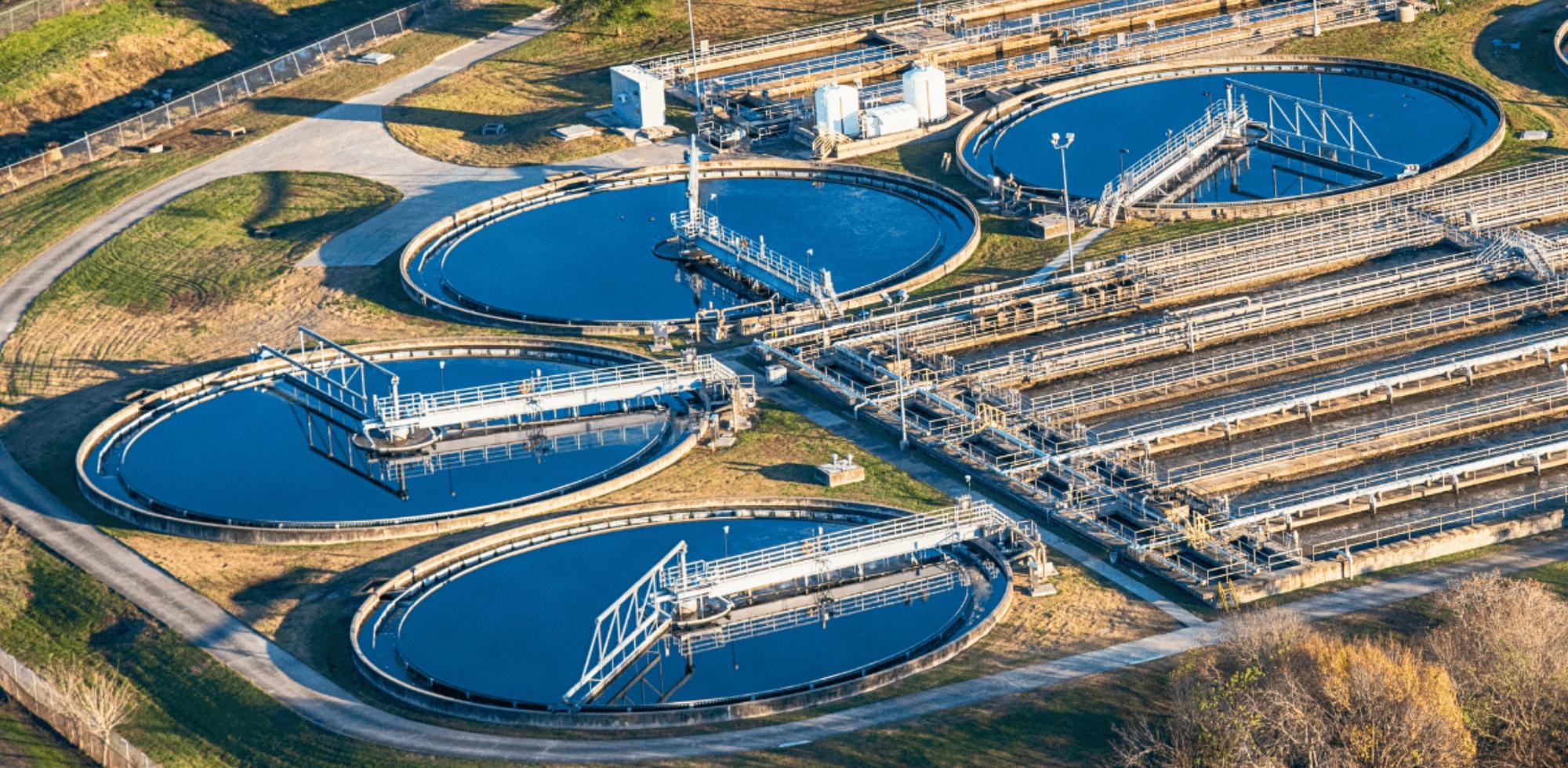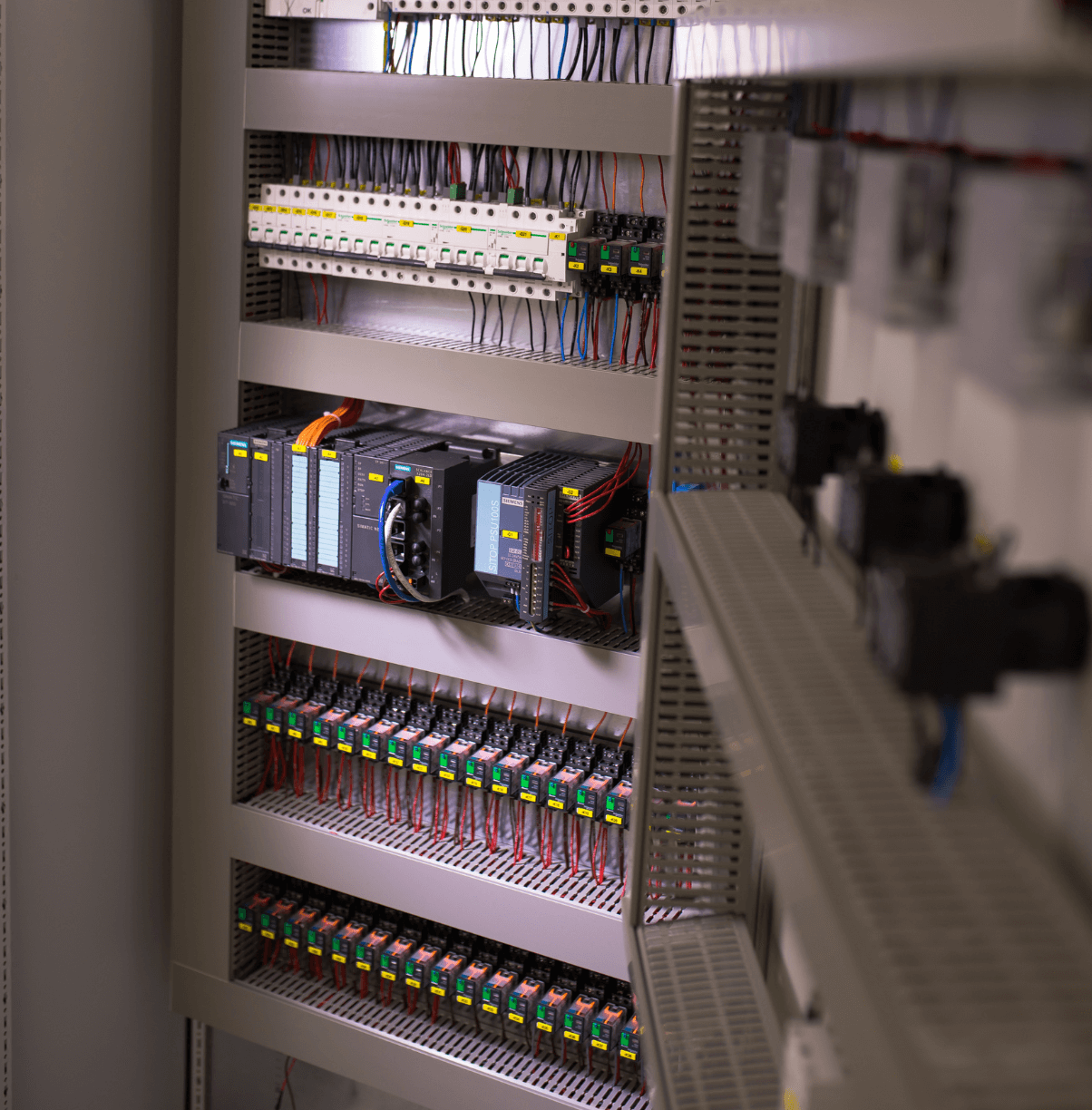Modern vs. old-fashioned water supply systems
Modern water supply systems differ from old-fashioned ones in several ways:
Technology: Modern water supply systems often incorporate advanced technologies, such as telemetry, sensors, and automation, which can help to improve efficiency, reliability, and safety. In contrast, old-fashioned water supply systems may rely on manual processes and lack the advanced technology of modern systems.
Infrastructure: Modern water supply systems typically have a more sophisticated infrastructure, including pipelines, pumps, and treatment facilities, which can help to ensure the efficient and reliable delivery of water. Old-fashioned systems may have more basic infrastructure, such as wells and reservoirs, which may be less efficient and less reliable.
Water quality: Modern water supply systems often employ advanced treatment technologies to ensure the quality of the water being delivered. This can include processes such as filtration, disinfection, and pH adjustment, which can help to remove contaminants and improve the overall quality of the water. Old-fashioned systems may not have these advanced treatment technologies, resulting in lower-quality water.
Sustainability: Modern water supply systems often prioritize sustainability, using techniques such as water conservation, water recycling, and renewable energy to reduce their environmental impact. Old-fashioned systems may not have these sustainable practices in place.
Overall, modern water supply systems offer a range of advantages over old-fashioned systems, including improved technology, infrastructure, water quality, and sustainability.
What is a telemetry station for a water supply system
A telemetry station for a water supply system is a device or system that is used to transmit data from various points within the water supply system to a central location, typically via wireless or wired communication systems.
The telemetry station is typically used to monitor and control various aspects of the water supply system, such as water flow, pressure, and quality.
A telemetry station for a water supply system typically includes several components, such as sensors, transmitters, receivers, and control devices.
- The sensors are used to gather data about the water supply system, such as water flow, pressure, and quality.
- The transmitters are used to transmit the data from the sensors to the central location, while the receivers are used to receive the data at the central location.
- The control devices are used to control various aspects of the water supply system, such as valves, pumps, and treatment facilities, based on the data received from the sensors.
The telemetry station is typically controlled by a central computer or control system, which is used to monitor the data received from the sensors and to make adjustments to the water supply system as needed.
The telemetry station may also be connected to a user interface, such as a computer or smartphone, which allows operators to access the data and control the water supply system remotely.
Overall, a telemetry station is a crucial component of a modern water supply system, as it allows for the remote monitoring and control of the system, improving efficiency, reliability, and safety.
The use of telemetry in water supply systems
Telemetry is the use of electronic devices to transmit data over long distances, typically via wireless or wired communication systems. In water supply systems, telemetry is often used to monitor and control various aspects of the system, such as water flow, pressure, and quality.
There are several advantages to using telemetry in water supply systems:
- Improved efficiency: Telemetry allows for the remote monitoring and control of water supply systems, which can help to improve the efficiency of these systems. For example, telemetry can be used to monitor water flow and pressure in real-time, allowing for timely adjustments to be made to optimize performance.
- Increased reliability: Telemetry can help to improve the reliability of water supply systems by providing early warning of potential problems or failures. For example, telemetry can be used to monitor the quality of the water and alert operators to any issues that may need to be addressed.
- Enhanced safety: Telemetry can help to improve the safety of water supply systems by providing early warning of potential hazards or problems. For example, telemetry can be used to monitor water pressure and alert operators to any sudden changes that may indicate a problem with the system.
- Improved decision-making: Telemetry can provide a wealth of data about the operation of water supply systems, which can be used to inform decision-making and optimize the performance of these systems.
Overall, the use of telemetry in water supply systems can help to improve efficiency, reliability, safety, and decision-making making it an important tool for managing these systems effectively.
Supervision systems in the water supply industry
The system of remote monitoring and management in the water supply is used for quantity management and pressure measurement and loss detection.
With smart management, and smart measuring stations on a water supply system, it is possible to determine the approximate locations of leaks, and for this, there is a so-called DMA zone (District Metering Area).
For today's water supply industry to offer a reliable supply of drinking and industrial water to consumers, it cannot function optimally without a system of remote monitoring and management of water supply facilities.
Duplico monitoring systems
Our monitoring systems enable safe remote control of equipment used for water distribution processes such as water pump operation, stop valve regulation, chlorine dosing equipment, and others.
Remote control systems provide feedback in the form of a confirmation of the executed command. This refers to the fact that such systems enable the reception and transmission of signals from measuring and regulating equipment.
When creating a project for the management and supervision of water supply systems, we especially considered the element of satisfying the hydraulic conditions in the system, which refers to the maintenance of the required pressure, volume, and flow of water in water reservoirs.
Further, the reduction of the amount of consumed electricity in such a way that the amount of water is optimally distributed for the gravity supply of consumers.
The monitoring system forecasts the required amount of water to fill the water reservoir, monitors water losses in the water reservoir and informs people in the dispatch center about system failures.
The introduction of an information system that reliably informs about conditions and changes in the water supply system is very important so that all devices and transmission protocols fully meet all requirements.
Using mathematical simulations and mobile applications, 5 years ago we created software connected to the Google Maps application that shows the location of the leakage point.
To use such an application and such software, a pressure-calibrated network is required. Of course, it is impossible to calibrate every part of the network that is several thousand kilometers long, but it is possible to very precisely determine the location of the leak by approximating the value using a mathematical application.
Duplico and water supply telemetry systems
Modern water supply systems require continuous monitoring of water levels in reservoirs, water pressures in pipelines, water flow, amount of residual chlorine, the status of pumps and other required parameters, and their transmission to a remote monitoring and control center.
Since its founding, Duplico has built over 600 telemetry stations on water supply systems throughout Croatia.
All telemetry systems are implemented using the "Method of secure transmission of telemetry data".



